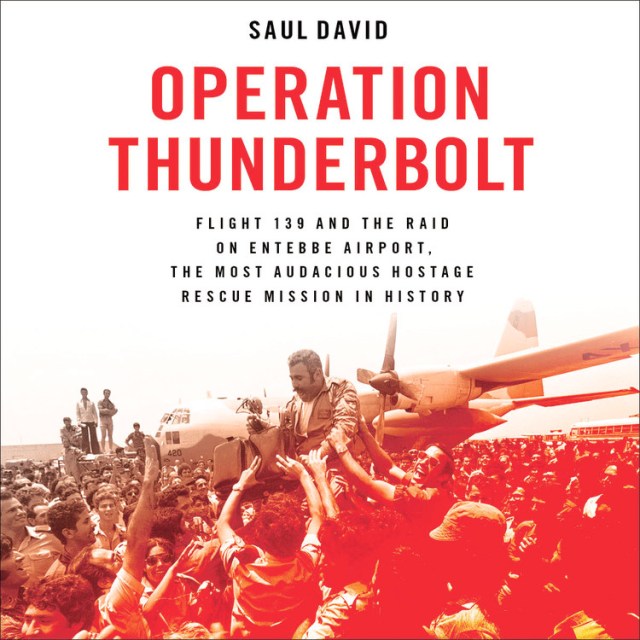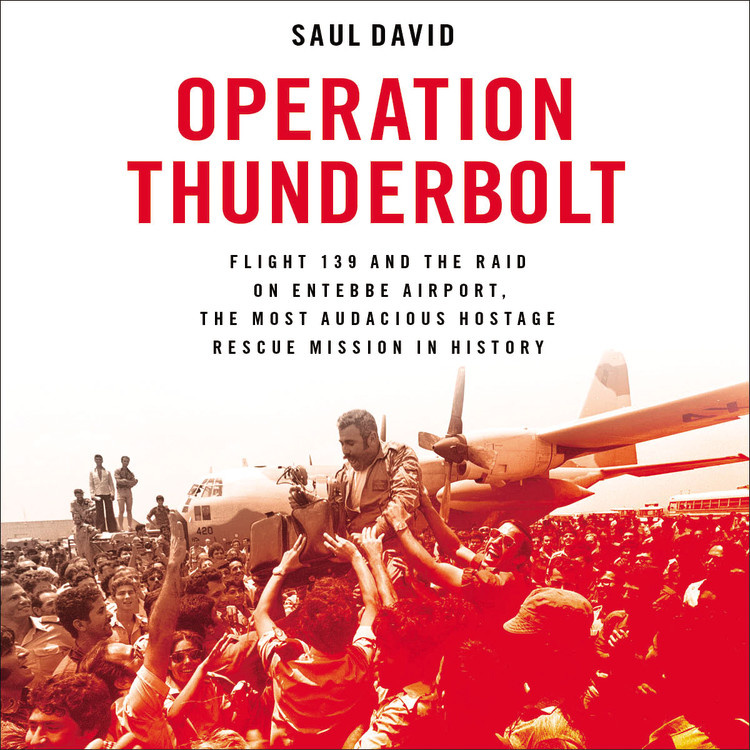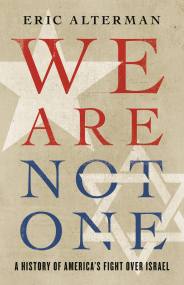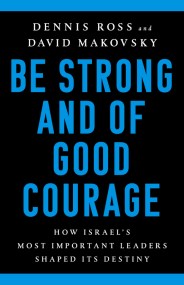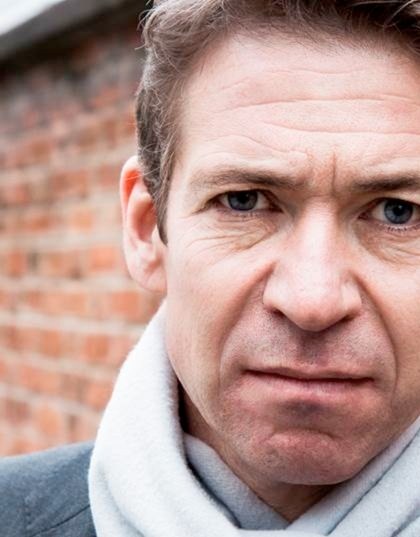Promotion
Use code MOM24 for 20% off site wide + free shipping over $45
Operation Thunderbolt
Flight 139 and the Raid on Entebbe Airport, the Most Audacious Hostage Rescue Mission in History
Contributors
Read by Peter Ganim
By Saul David
Formats and Prices
Format
Format:
- Audiobook Download (Unabridged)
- ebook $12.99 $16.99 CAD
- Hardcover $30.00 $36.00 CAD
- Trade Paperback $24.99 $31.99 CAD
This item is a preorder. Your payment method will be charged immediately, and the product is expected to ship on or around December 1, 2015. This date is subject to change due to shipping delays beyond our control.
Also available from:
The definitive account of one of the greatest Special Forces missions ever, the Raid of Entebbe, by acclaimed military historian Saul David.
On June 27, 1976, an Air France flight from Tel Aviv to Paris was hijacked by a group of Arab and German terrorists who demanded the release of 53 terrorists. The plane was forced to divert to Entebbe, in Uganda — ruled by the murderous despot Idi Amin, who had no interest in intervening.
Days later, Israeli commandos disguised as Ugandan soldiers assaulted the airport terminal, killed all the terrorists, and rescued all the hostages but three who were killed in the crossfire. The assault force suffered just one fatality: its commander, Yoni Netanyahu (brother of Israel’s Prime Minister.) Three of the country’s greatest leaders — Ehud Barak, Shimon Peres and Yitzhak Rabin — planned and pulled off one of the most astonishing military operations in history.
On June 27, 1976, an Air France flight from Tel Aviv to Paris was hijacked by a group of Arab and German terrorists who demanded the release of 53 terrorists. The plane was forced to divert to Entebbe, in Uganda — ruled by the murderous despot Idi Amin, who had no interest in intervening.
Days later, Israeli commandos disguised as Ugandan soldiers assaulted the airport terminal, killed all the terrorists, and rescued all the hostages but three who were killed in the crossfire. The assault force suffered just one fatality: its commander, Yoni Netanyahu (brother of Israel’s Prime Minister.) Three of the country’s greatest leaders — Ehud Barak, Shimon Peres and Yitzhak Rabin — planned and pulled off one of the most astonishing military operations in history.
Genre:
-
"This book is an enthralling, minute-by-minute retelling of the hijack and the dramatic resucue using new sources and material."Max Hastings, author of Inferno
-
"Totally thrilling, totally poignant. Bringing the greatest special forces operation of modern times blazingly to life, David's book, full of new revelations, written with the excitement of an action movie, the authority of a historian, is great drama, superb storytelling--and yet tells us much about the Middle East today."Simon Sebag Montefiore, author of Jerusalem
- On Sale
- Dec 1, 2015
- Publisher
- Hachette Audio
- ISBN-13
- 9781478960645
Newsletter Signup
By clicking ‘Sign Up,’ I acknowledge that I have read and agree to Hachette Book Group’s Privacy Policy and Terms of Use
